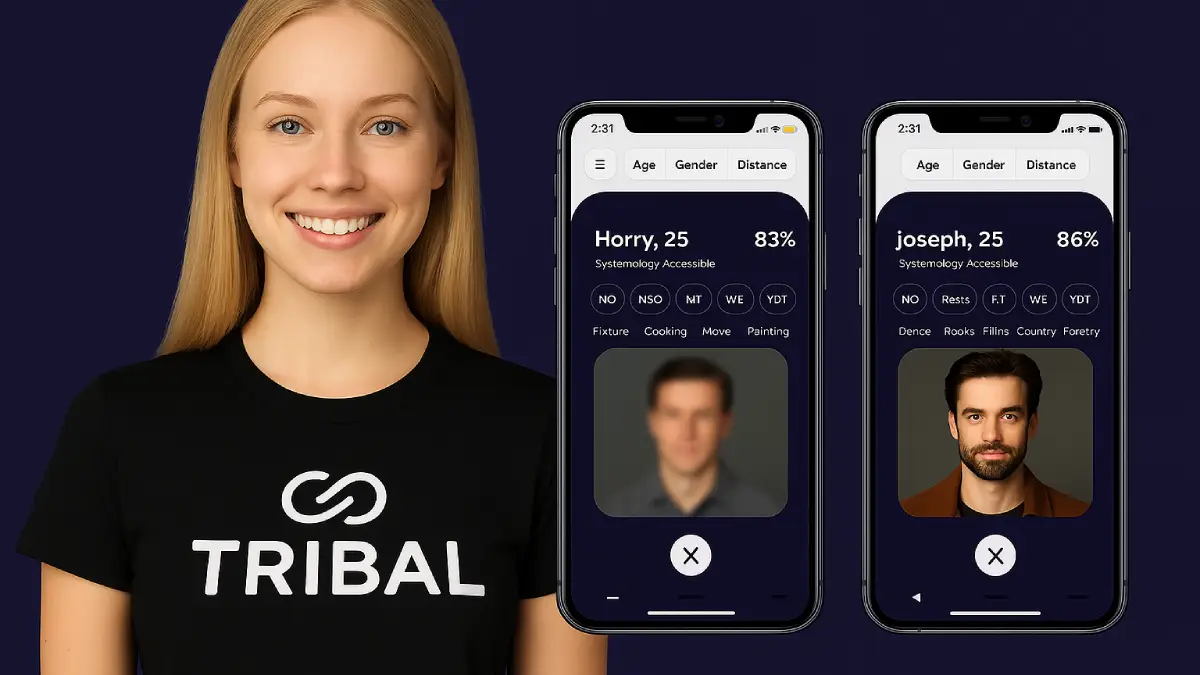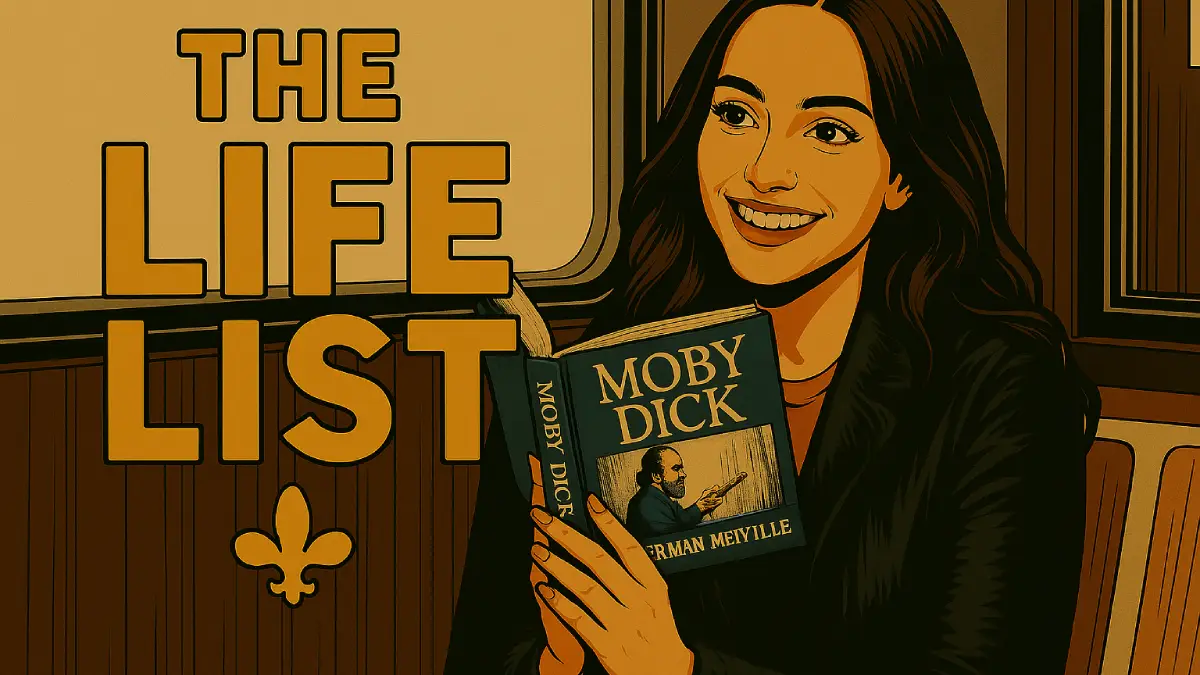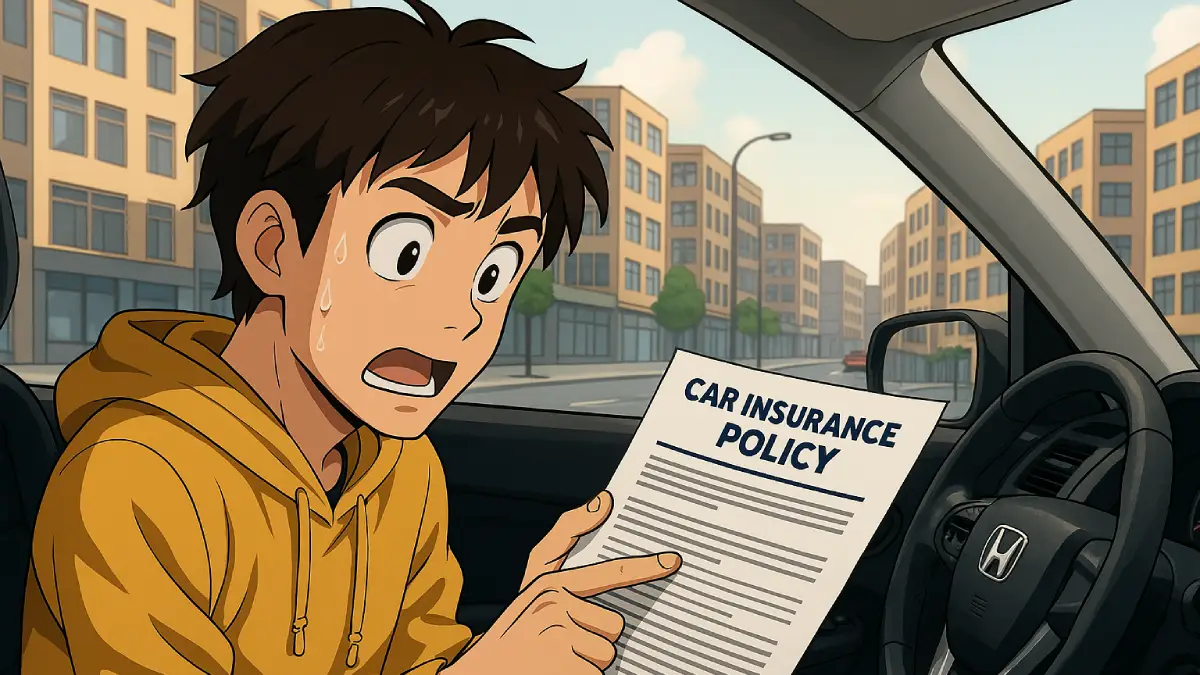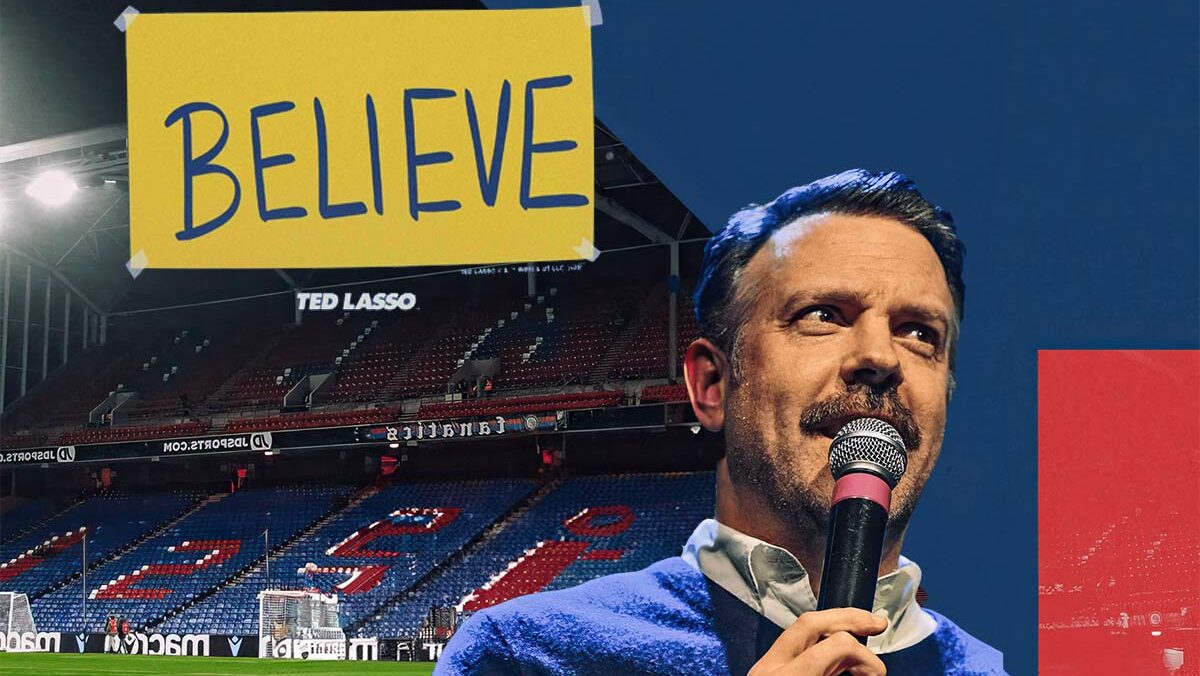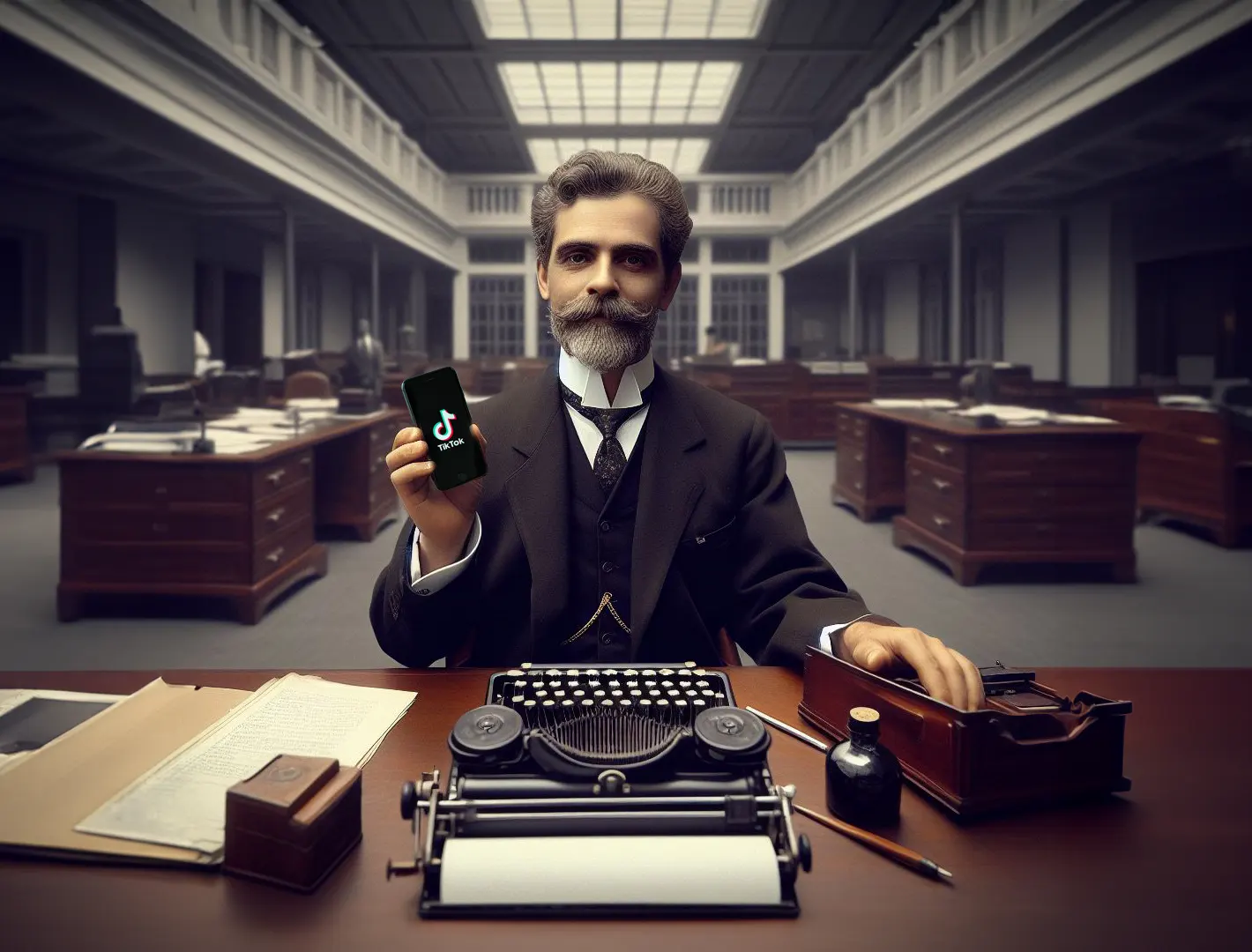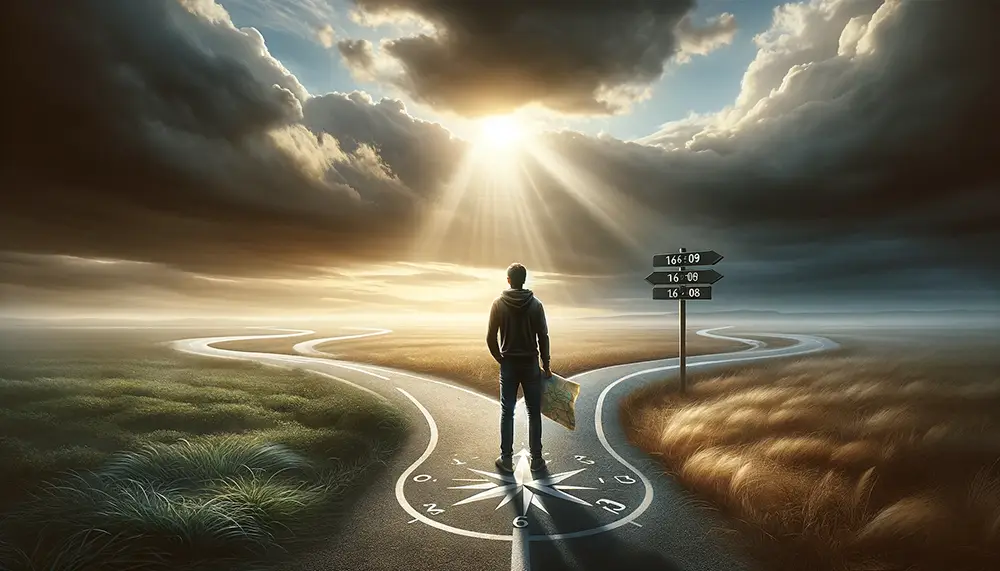The Sky’s the Limit: How Vertical Gardening Is Changing Urban Agriculture
“The most sustainable garden is one that makes efficient use of all resources. space, water, sunlight, and human energy. Vertical gardens excel in each of these dimensions.”
Plants That Reach for the Sky: Best Choices for Vertical Gardens
Not all plants are created equal when it comes to vertical growing. Certain varieties naturally reach for the sky, while others need encouragement and support. Here’s a guide to some of the best performers for vertical gardens:
Vegetable Superstars
Virginia Cooperative Extension recommends several vegetables that thrive in vertical systems:
- Tomatoes: Indeterminate varieties can grow 6-10 feet tall when properly supported
- Cucumbers: Their tendrils naturally seek support to climb
- Pole beans: Can grow 10-15 feet tall and produce for weeks longer than bush varieties
- Peas: Snow, snap, and shelling varieties all perform excellently on trellises
- Small melons and squash: With proper support for developing fruits
These climbing vegetables not only save space but often produce higher yields when grown vertically.
The Purposeful You adds that “eggplants, though not natural climbers, can be trained up stakes to keep their fruits off the ground and maximize space.” They recommend using soft ties to gently secure stems without damaging them.
Fruits for Vertical Systems
When it comes to fruits, several varieties perform exceptionally well in vertical gardens:
- Strawberries: Perfect for hanging baskets or vertical pocket planters
- Raspberries: Can be trained along wires or trellises
- Kiwi: These vigorous vines produce abundantly when given proper support
Azure Farm Life notes that “strawberries grown in vertical systems tend to suffer fewer problems with rot and are easier to protect from birds.” Their elevated position also makes harvesting these delicate fruits much simpler.
Herbs That Climb and Cascade
The Purposeful You highlights several herbs that excel in vertical planters:
- Basil: Various varieties add fragrance and culinary uses
- Mint: Best contained in vertical systems to prevent spreading
- Thyme: Cascades beautifully from wall planters or hanging containers
- Rosemary: Can be trained upright for both ornamental and culinary purposes
These culinary herbs not only save space but place fresh flavors within easy reach for cooking.
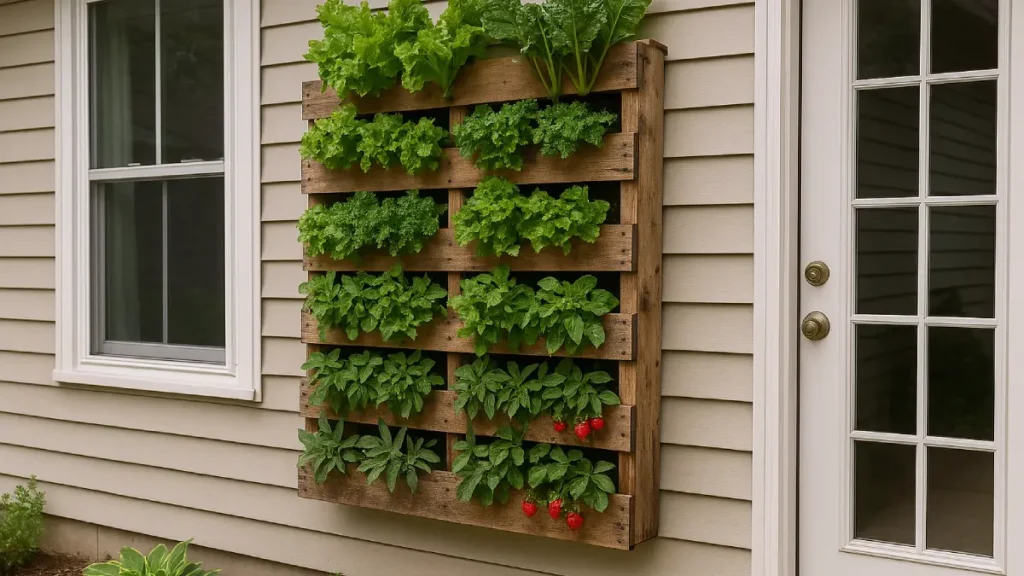
Flowers for Vertical Impact
For ornamental vertical gardens, Azure Farm Life recommends several flowering options:
- Black-eyed Susan vine: Provides abundant yellow blooms throughout summer
- Morning glories: Fast-growing with dramatic trumpet-shaped flowers
- Clematis: Perennial climbers with stunning large blooms
- Nasturtiums: Edible flowers with a peppery taste that cascade beautifully
These flowering options create visual impact while attracting pollinators to your garden.
“The right plant in the right place is the foundation of garden success. In vertical gardens, choosing plants with natural climbing tendencies or those that thrive in contained spaces gives you a significant head start.”
Vertical Gardening Techniques: Methods to Reach New Heights
Trellising: The Classic Approach
Trellises remain the most versatile and widely used vertical gardening structure. Virginia Cooperative Extension advises that “trellises can be constructed from wood, metal, or recycled materials, with designs ranging from simple grids to decorative panels.” The key is ensuring they’re sturdy enough to support fully grown plants laden with produce.
Epic Gardening’s video demonstration shows how “different trellis designs can complement specific plant types—A-frames work well for cucumbers, while single panels are ideal for tomatoes.” Their practical approach emphasizes matching the structure to the plant’s growth habit.
Stakes and Cages: Simplified Support
For plants like tomatoes and peppers, simple stakes or cages often provide sufficient support. Virginia Cooperative Extension notes that “wooden stakes should be at least 1 inch square and 6 feet tall for indeterminate tomatoes.” They recommend setting stakes before planting to avoid root damage.
Wire cages offer another straightforward option. Pre-made tomato cages are widely available, but many experienced gardeners prefer making custom cages from concrete reinforcement wire, which provides more substantial support for heavy-producing plants.
Wall Planters and Pocket Gardens: Vertical Real Estate
Garden Design magazine showcases how “vertical wall planters transform unused vertical surfaces into productive growing space.” These systems range from prefabricated modular units to DIY creations using repurposed materials.
Fabric pocket planters have become particularly popular for herbs and small ornamentals. These hanging systems feature multiple planting pockets and can be hung on almost any vertical surface with adequate light.
Arbors and Arches: Dramatic Entrances
Garden Design magazine highlights how “arbors and arches create spectacular entrances while supporting vigorous climbers like grapes, kiwi, or climbing roses.” These structures combine ornamental appeal with productive growing space.
Epic Gardening demonstrates that “arches can be positioned over pathways to create shaded walkways in hot climates, essentially turning unused air space into productive growing areas.” This dual-purpose approach maximizes garden functionality.
Hanging Gardens: Suspending Success
Hanging baskets and suspended containers offer yet another dimension in vertical gardening. Epic Gardening shows how “repurposed gutters, buckets, or specialized hanging planters can be arranged at varying heights to create cascading displays.” This approach works particularly well for trailing herbs, strawberries, and ornamentals.
DIY Vertical Gardening: Growing Upward on a Budget
One of the most appealing aspects of vertical gardening is that it doesn’t require expensive equipment. Roots and Refuge Farm emphasizes that “some of the most effective vertical growing systems can be created from upcycled materials that might otherwise end up in landfills.” Their approach favors creativity over costly solutions.
“The most innovative vertical gardens often come from resourceful thinking rather than big budgets. A gardener with imagination can transform everyday castoffs into extraordinary growing spaces.”
Repurposed Materials for Vertical Success
Roots and Refuge Farm suggests several budget-friendly vertical gardening options:
- Pallets: Transformed into wall planters with minimal modification
- Old ladders: Provide ready-made support for pots or climbing plants
- Mesh wire fencing: Creates inexpensive but effective trellising
- Bamboo poles: Can be configured into teepees or grids for climbers
These creative solutions not only save money but add unique character to your garden.
Ensuring Structural Integrity
Whatever materials you choose, Garden Design magazine stresses the importance of sturdy construction: “Vertical gardens must support not only the initial weight of soil and plants but the significantly increased weight as plants mature and produce fruit.” They recommend over-building rather than risking collapse mid-season.
Epic Gardening demonstrates practical anchoring techniques in their video tutorial, showing how “properly secured vertical structures can withstand wind and weather while supporting heavy plant loads.” Their approach emphasizes testing stability before committing plants to the system.
Maintaining Your Vertical Eden
Successful vertical gardens require some specific maintenance considerations:
Watering Wisely
Azure Farm Life points out that “vertical gardens may require more frequent watering than ground-level beds, as containers and elevated systems can dry out faster.” They recommend considering drip irrigation systems for consistent moisture.
Training and Pruning
Roots and Refuge Farm emphasizes the importance of regular plant training: “Most plants don’t automatically climb—they need gentle guidance and attachment to their supports, especially in early growth stages.” They suggest checking plants weekly and using soft ties to direct growth.
The Future is Looking Up
Vertical gardening represents a perfect fusion of ancient growing techniques and modern space-saving innovation. By growing upward instead of outward, gardeners of all experience levels can dramatically increase their growing space, improve plant health, and create stunning living displays.
Whether you’re a city dweller with just a small balcony or a suburban gardener looking to maximize your harvest, vertical gardening offers solutions that are accessible, effective, and beautiful. The only limit to vertical gardening is your imagination—and perhaps the height of your ceiling or pergola!
As urban spaces become increasingly dense and the interest in home-grown food continues to rise, vertical gardening stands as a hopeful solution that brings nature’s bounty within reach for everyone. So look up—your next garden might be waiting on a wall, fence, or trellis just waiting to be transformed.
“The gardens of the future won’t just spread out—they’ll reach for the sky. In a world of limited space but unlimited creativity, vertical gardens offer hope, beauty, and abundance in unexpected places.”
FAQ
Q: How much weight can a vertical garden support?
A: This depends entirely on the structure. A properly built wooden trellis can support 30-40 pounds per square foot, while commercial wall systems may support 100+ pounds per square foot. Always build with the maximum potential weight in mind, considering that plants become considerably heavier when mature and laden with produce.
Q: How do I water a vertical garden efficiently?
A: Drip irrigation systems work exceptionally well for vertical gardens, delivering water directly to plant roots with minimal waste. For smaller setups, consider self-watering containers or reservoirs. Remember that vertical gardens typically dry out faster than ground beds and may require more frequent watering, especially during hot weather.
Q: Can I grow root vegetables vertically?
A: Yes! While root vegetables aren’t natural climbers, they can thrive in vertical systems that provide adequate soil depth. Radishes, carrots, and even potatoes can be grown in deep containers mounted vertically. For best results, choose shorter varieties of root vegetables that don’t require excessive soil depth.
Q: How do I support heavy fruits like melons in a vertical garden?
A: Create slings or hammocks using old t-shirts, pantyhose, or mesh produce bags. Secure these to your trellis structure to cradle developing fruits, taking the weight off the vine while allowing the fruit to continue growing and ripening. Install these supports when fruits are still small to prevent damage to the plants.
Q: Can vertical gardens work indoors?
A: Absolutely. Indoor vertical gardens can thrive with adequate light, either from south-facing windows or supplemental grow lights. Focus on herbs, leafy greens, and ornamental houseplants that perform well in indoor conditions. Proper drainage is essential for indoor vertical systems to prevent water damage to walls and floors.
-

 Best Picks10 months ago
Best Picks10 months agoDriving Insurance: Get the Best Car Coverage Without Overpaying
-

 Best Rewards3 months ago
Best Rewards3 months agoBest rewards credit cards in 2025 for everyday use
-

 Personal Growth & Mindset1 year ago
Personal Growth & Mindset1 year agoTed Lasso Effect: 5 Goal-Setting Secrets You Must Know
-

 Career & Success1 year ago
Career & Success1 year ago30 Key Strategies for Growth: Mindset, Productivity & Wellness
-

 Personal Growth & Mindset1 year ago
Personal Growth & Mindset1 year agoMachado de Assis: This Viral TikTok Explains Why You Need to Read ‘The Posthumous Memoirs of Brás Cubas’ Now
-

 Career & Success12 months ago
Career & Success12 months agoChallenges of Not Having Goals: 5 tips to help you get started





